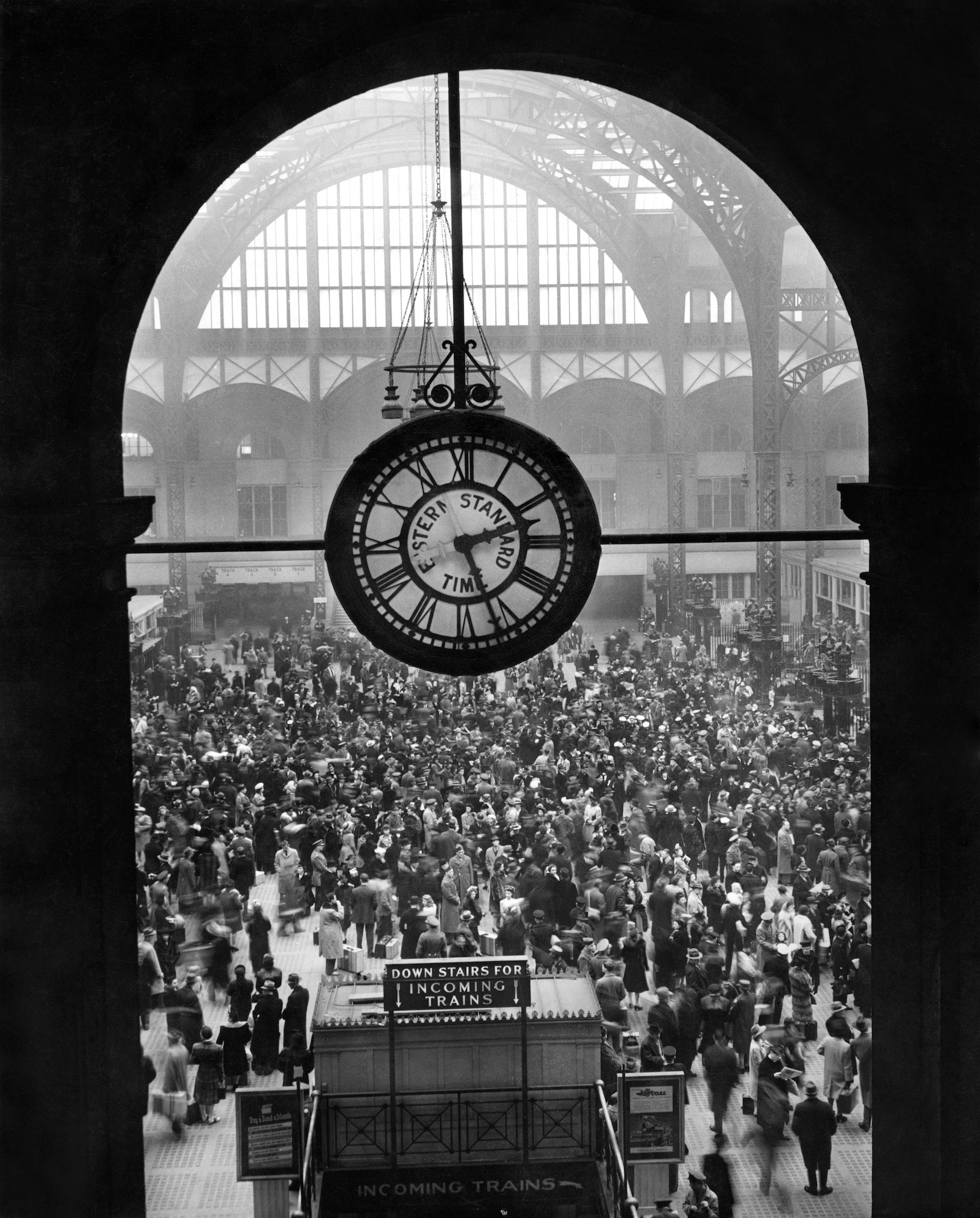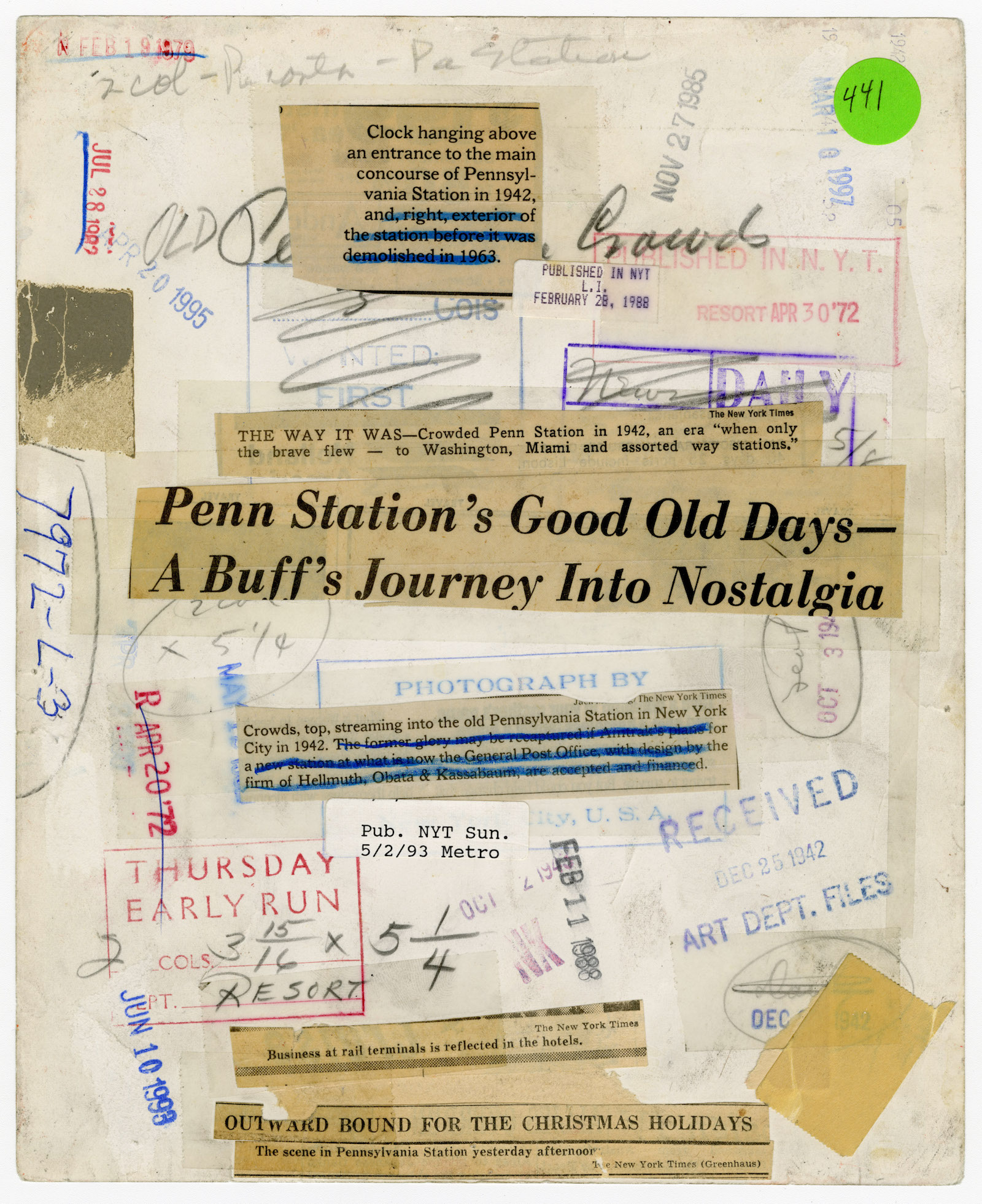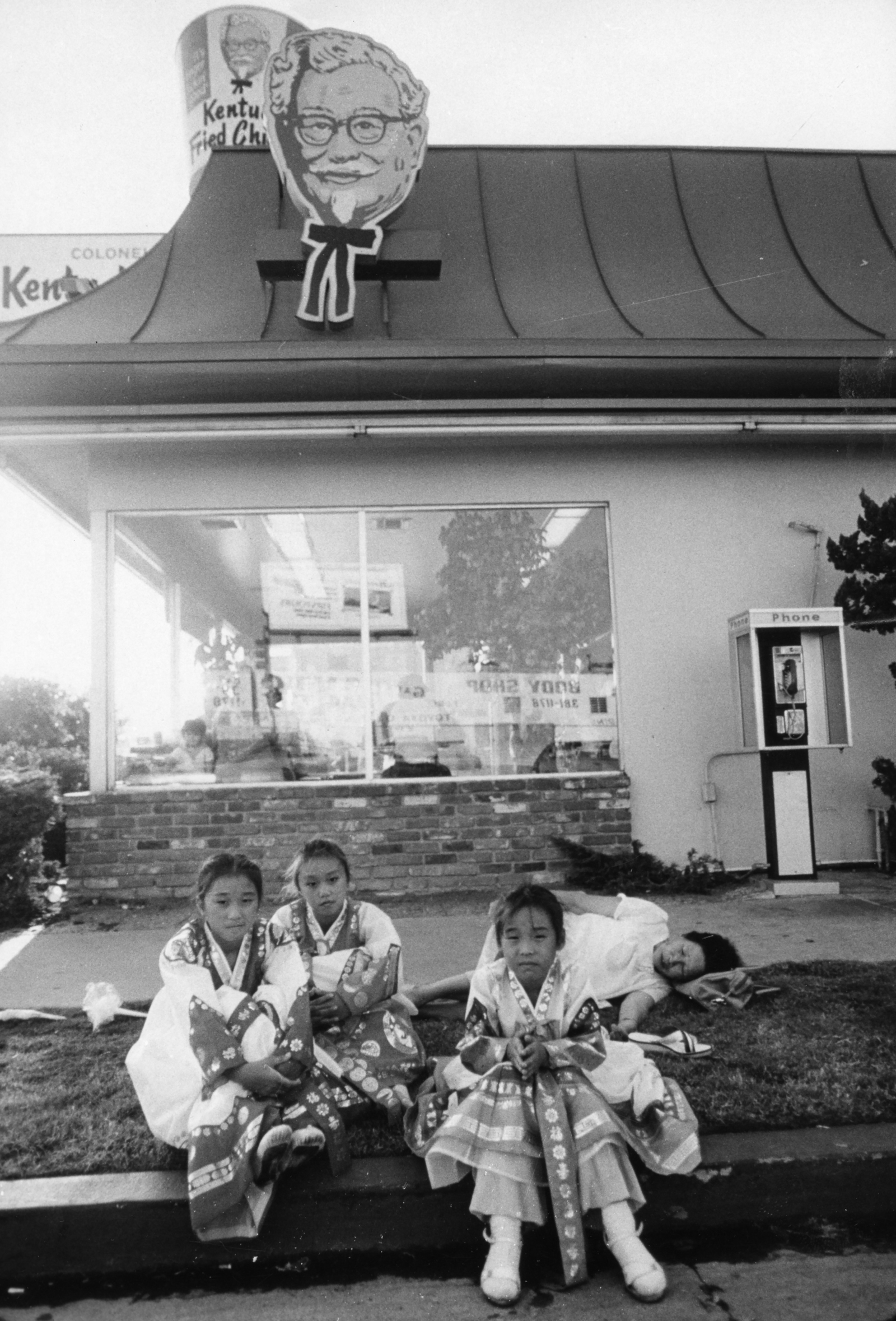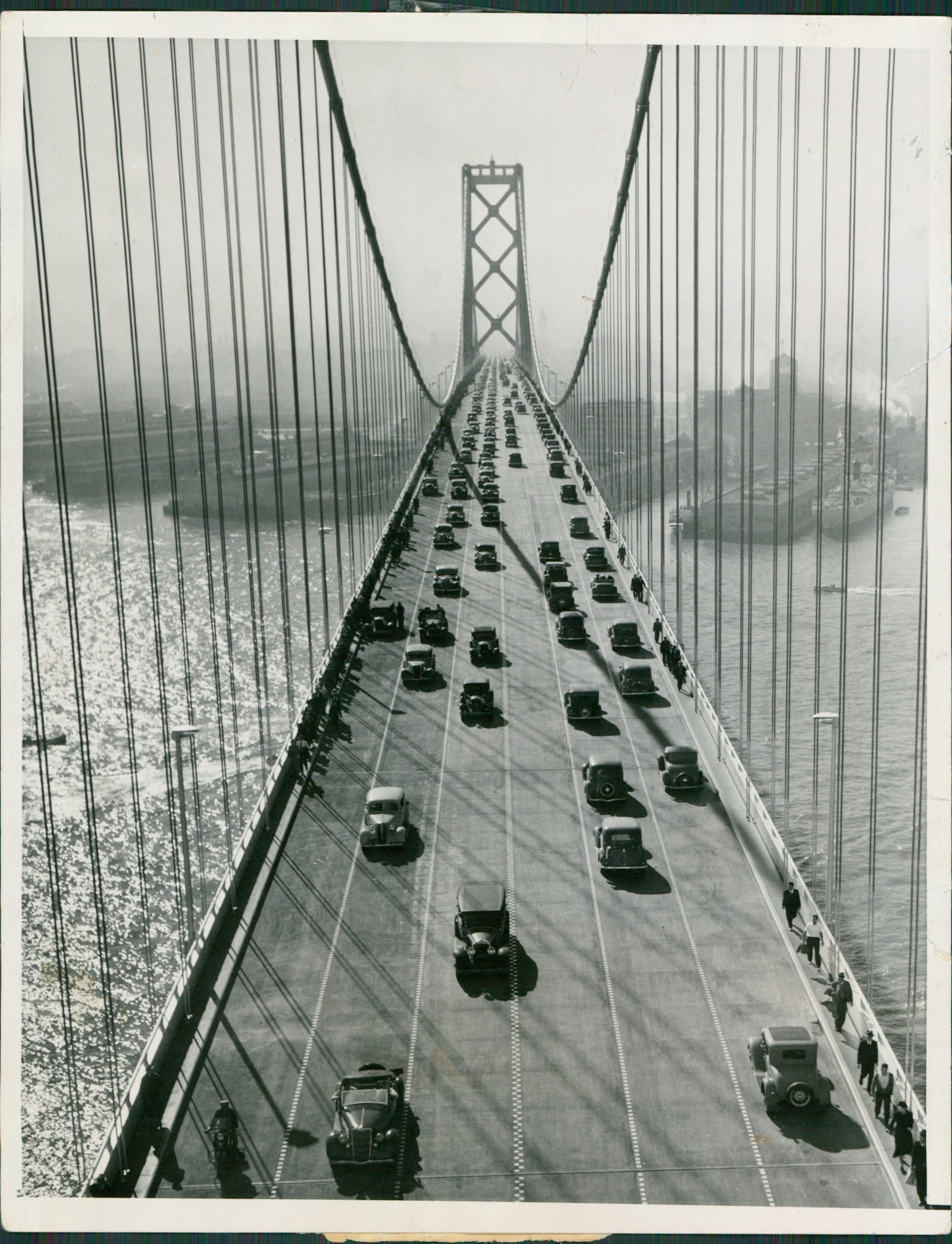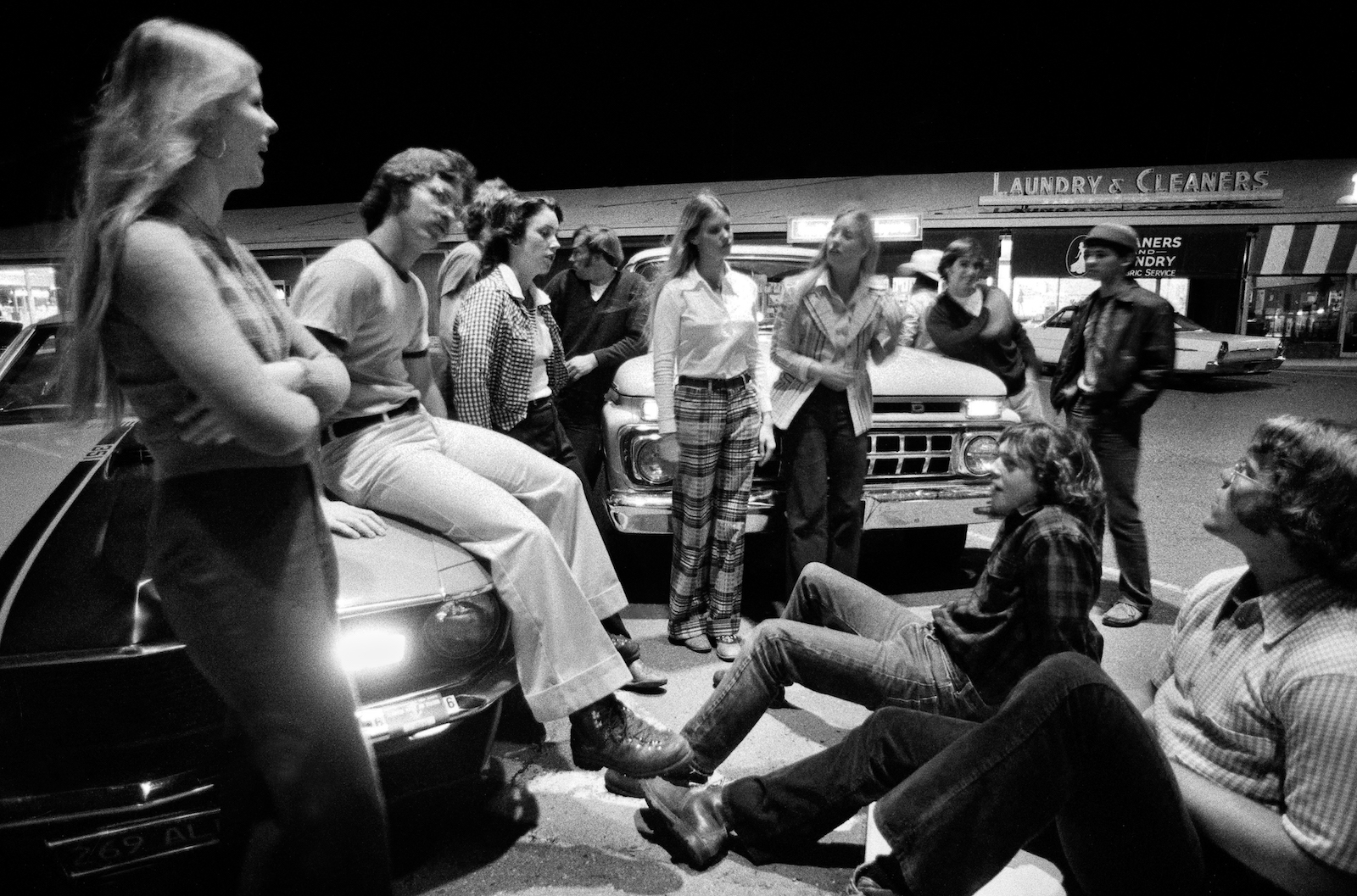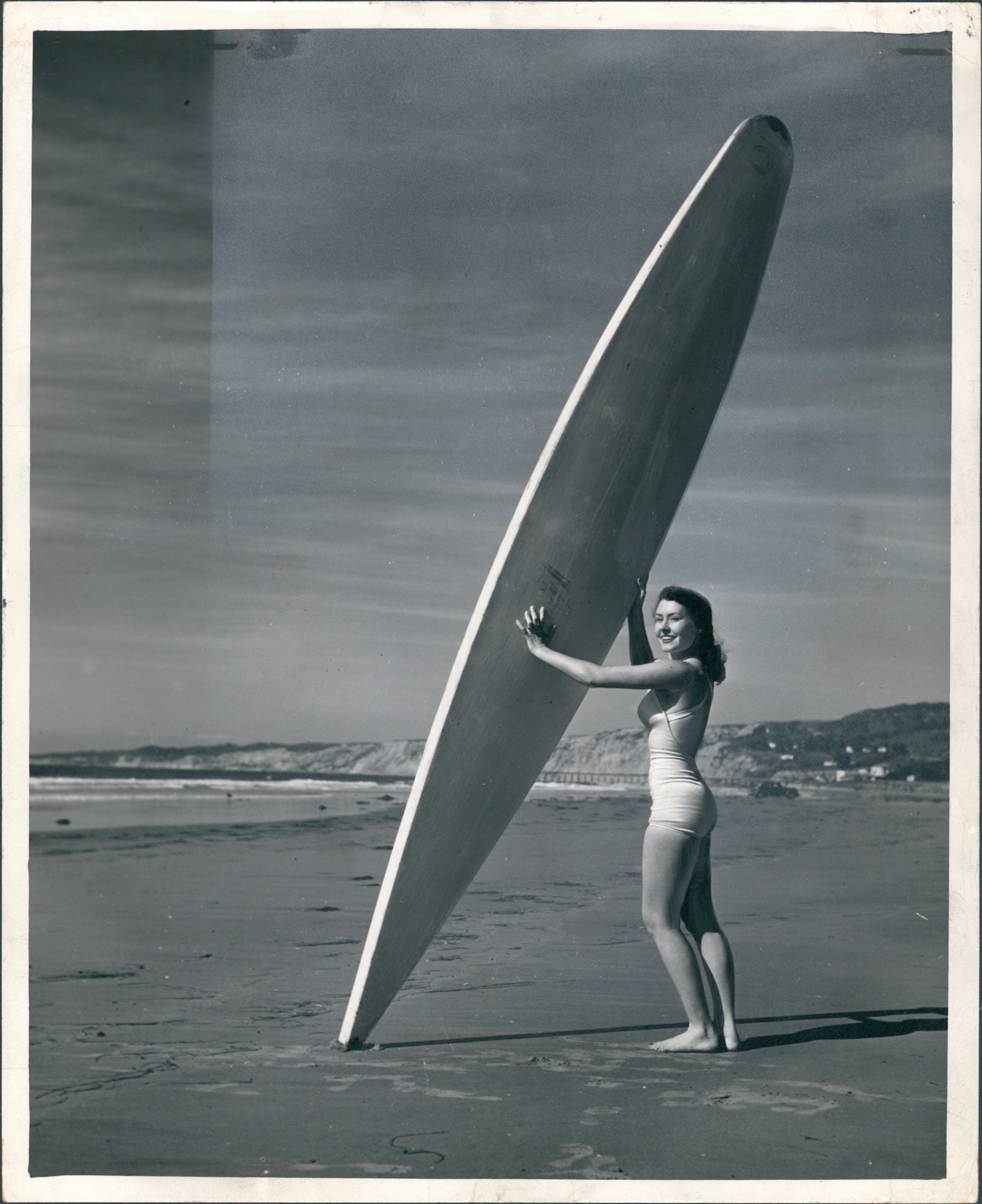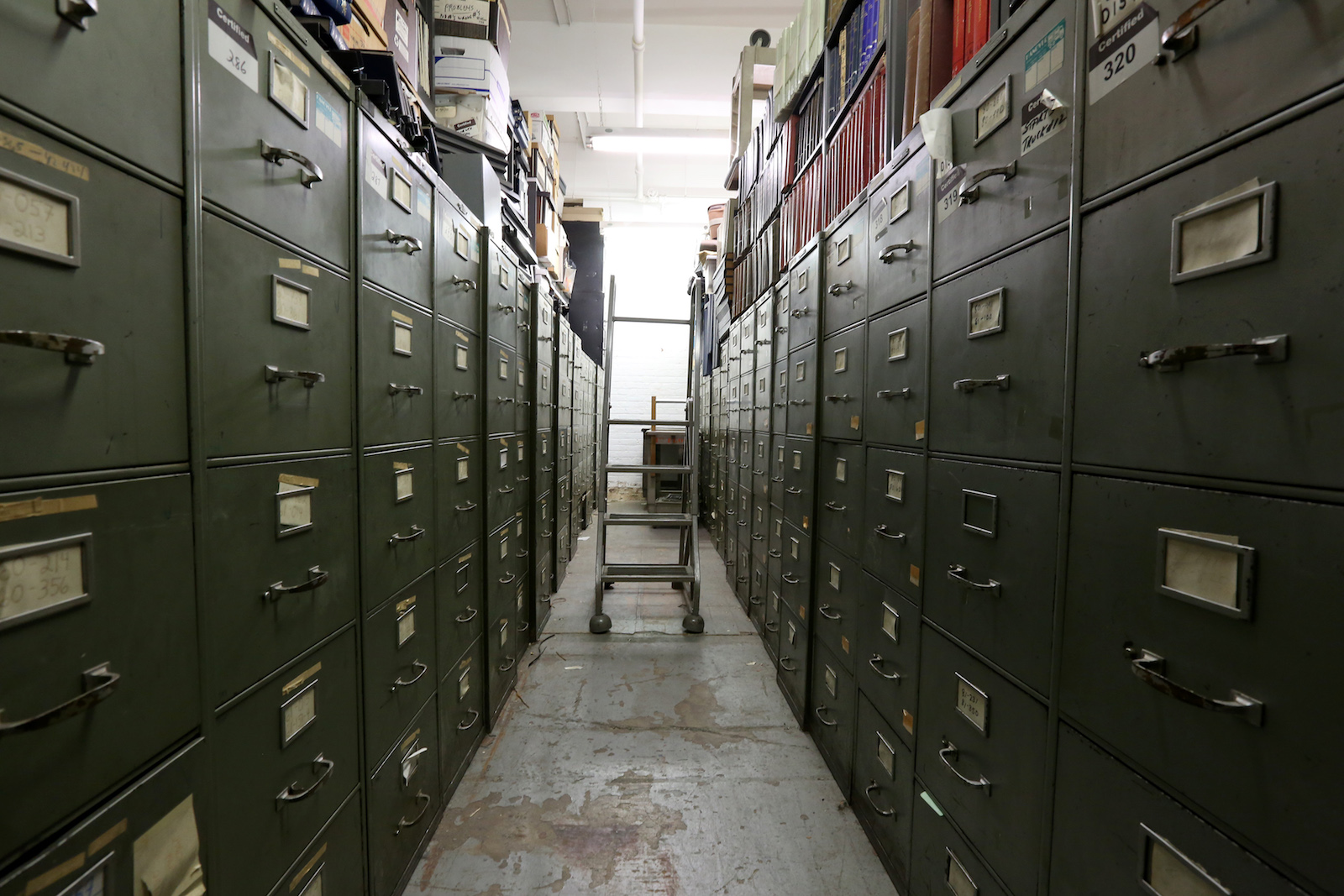
The New York Times is digitizing more than 5 million photos from its archives — some dating back to the 1800s — with help from a variety of Google technologies. The photos will be used in a series called Past Tense. (First up: a package focusing on how the paper covered California in the 20th century.)
“Ultimately, this digitalization will equip Times journalists with useful tools to make it easier to tell even more visual stories,” Monica Drake, Times assistant managing editor, said in a statement. From CNET:
The newspaper’s “morgue” has 5 million to 7 million photos dating back to the 1870s, including prints and contact sheets showing all the shots on photographers’ rolls of film. The Times is using Google’s technology to convert it into something more useful than its current analog state occupying banks of filing cabinets.
Specifically, it’s using Google AI tools to recognize printed or handwritten text describing the photos and Google’s storage and data analysis services, the newspaper said. It plans to investigate whether object recognition is worthwhile, too.
Here are some of the photographs, dating back decades, that are being resurfaced from their file drawers — including a selection from that covering-California project.
